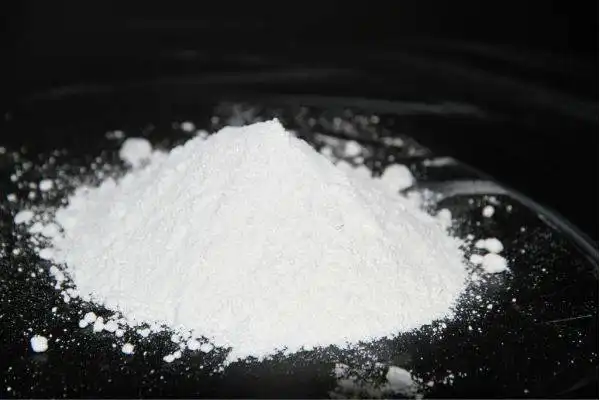Hebei Messi Biology Co., Ltd. stated that due to the special role of magnesium oxide in bactericidal and antibacterial materials, magnesium oxide is increasingly favored by industry customers.

Magnesium oxide (MgO) has the advantages of abundant raw materials, non-toxic and colorless, simple antibacterial conditions, and can effectively sterilize under lightless conditions. As a new type of inorganic antibacterial material, magnesium oxide has broad application prospects and market value. At the same time, studies have shown that magnesium oxide has strong antibacterial ability against Gram-positive/negative bacteria and spores. When the particle size of magnesium oxide is as small as the nanometer order, a large number of defects will be generated on the surface of nano magnesium oxide, and these defects make nano magnesium oxide have strong adsorption capacity and catalytic activity.
Secondly, these defects will also produce a large number of active oxygen ions O2-, which makes nano magnesium oxide have strong antibacterial, bactericidal and decomposition capabilities of some compounds. Compared with the sol-gel method, the particle size of magnesium oxide samples prepared by the liquid phase precipitation method is relatively small and has good dispersion. At the same time, magnesium oxide prepared by liquid precipitation method and sol-gel method both have a certain bactericidal effect on Escherichia coli, but magnesium oxide prepared by sol-gel method has a more obvious bactericidal effect on Escherichia coli, with an inhibition zone diameter of 14.2 mm.
